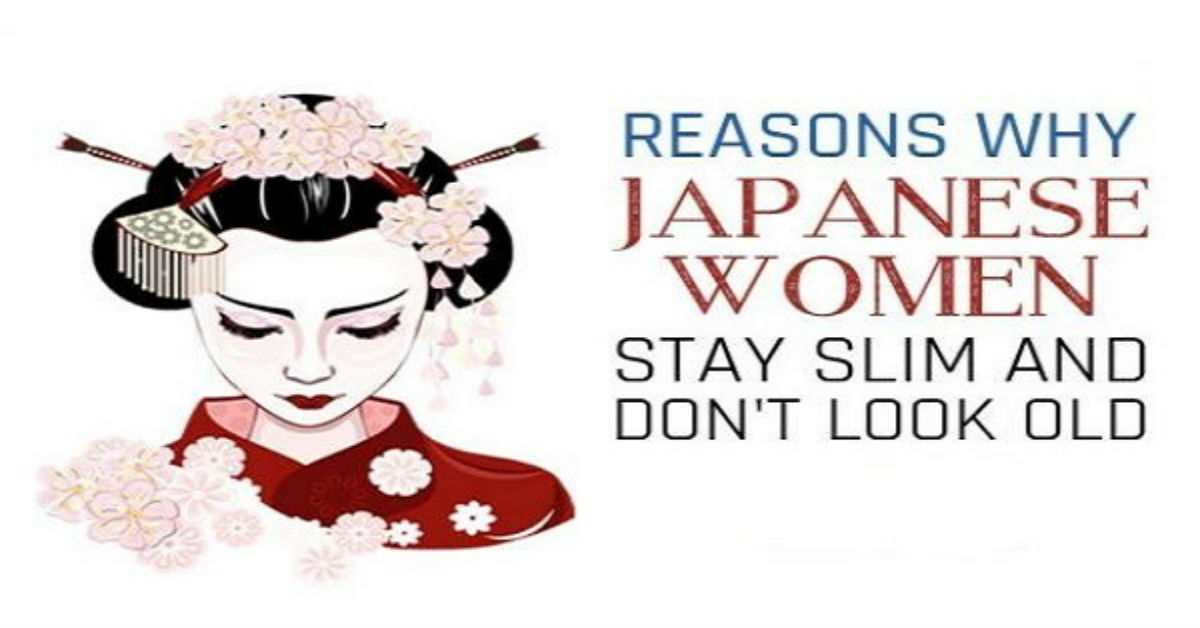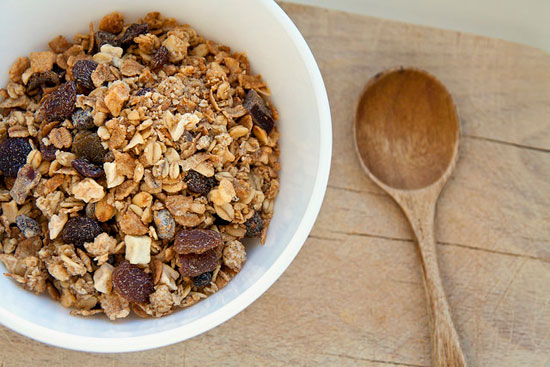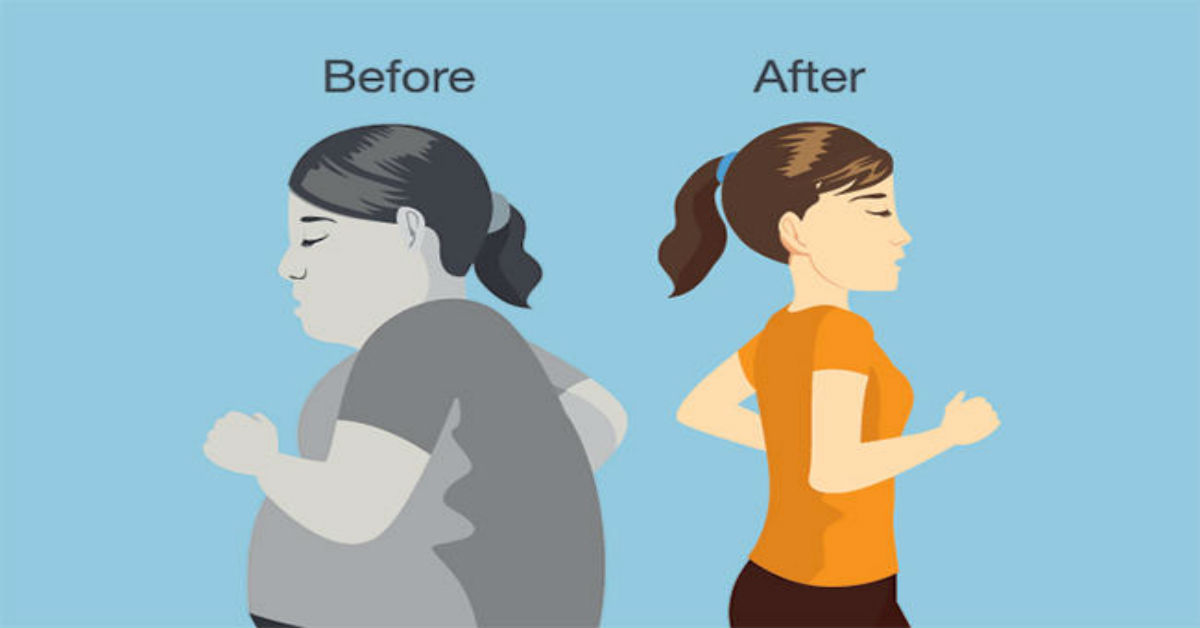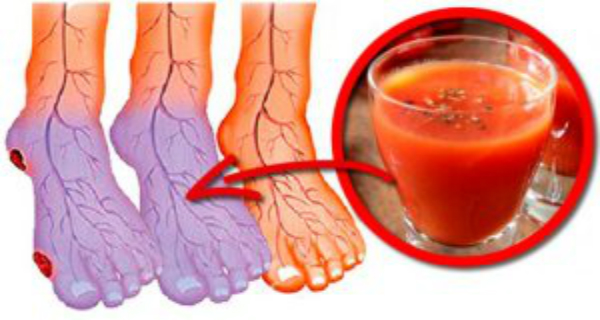If you haven’t noticed already, Japan is one of the countries with the longest living people. And not only that: on average, the Japanese are much healthier than Westerners, skinnier and seem to age better.

In fact, according to WHO, Japanese women have the highest life expectancy in the world, while men’s is the top ten internationally. The reason? They are a few, with diet and lifestyle playing a crucial role. Read on if you want to find out the top 5 reasons The Japanese live longer and healthier, as well as why they look younger and skinnier than the rest of us.
1. Fresh Fruits and Veggies
Traditionally, the Japanese consume lots of rice and fresh fruits and vegetables. A regular meal consists of fish, rice, vegetables (which are usually just simmered), miso soup and some fruit for dessert. They top if off with a cup of healthy green tea. For example, the Japanese consume cruciferous vegetables (so things like cabbage, kale, broccoli…) 5 times more than Americans do. But generally, they use what is fresh and in season.
2. Green Tea
As mentioned, for the Japanese, green tea is a must after a meal. Japan’s tea of choice is usually matcha, which is fine, high-quality, powdered tea, made of leaves that are specifically grown to increase their antioxidant content and chlorophyll. So, try to replace your regular 2-3 cups of coffee per day with least one cup of high-quality green tea – your health, skin, and mood will thank you!
3. Seafood
Japanese people eat a lot of fish: mackerel, shrimp, salmon, tuna, are all a regular part of their diet. In fact, the Japanese consume about 10% of the world’s fish, which, considering they make up about 2% of the world’s population, is a lot! This means they consume high amounts of omega-3 fatty acids, which are crucial for good health and great skin.
4. Fermented Foods
Miso, kimchi, sauerkraut, tempeh, kombucha, and kefir are all regularly consumed in Japan. They’re full of nutrients such as Vitamin B, omega-3s, and various beneficial enzymes. These foods have undergone a process of fermentation, which is great news for your digestion.
5. Regular Exercise
Last, but definitely not the least is regular exercise. The Japanese simply don’t lead a sedentary lifestyle. For example, a part of their daily life includes taking public transportation – this means that every day, they walk to the station, wait for the train, stand in the vehicle, walk from the station to work and do it all over again when going home. This may seem like a minor thing, but it really isn’t – it makes people move around all day. Plus, in Japan, walking and bicycling is considered a daily ritual. Not to mention that a lot of them practice martial arts: karate, aikido, and judo.




















